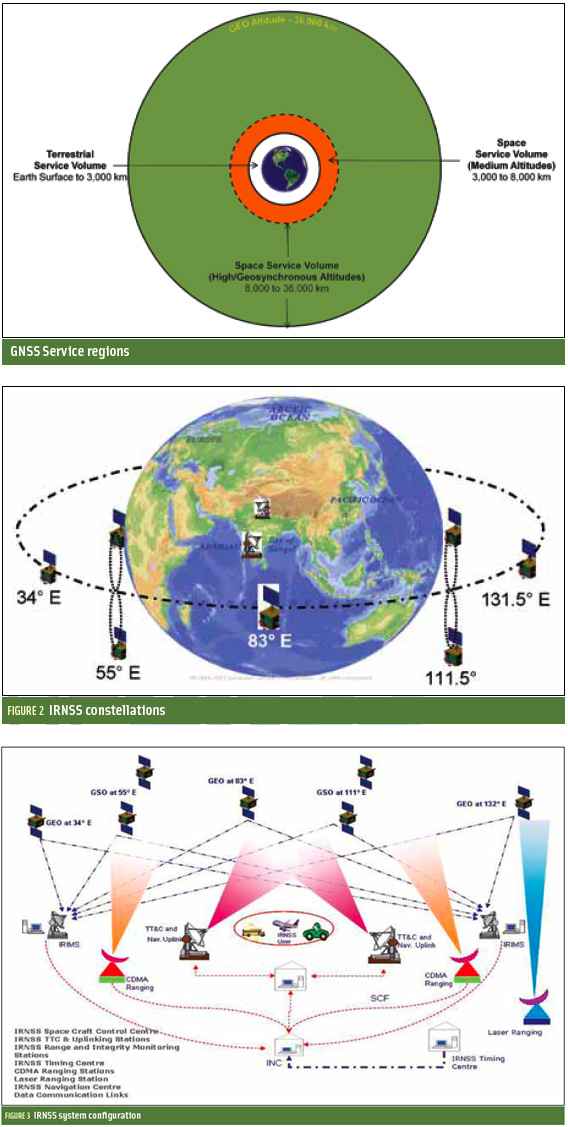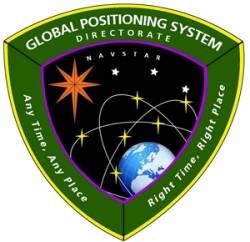Integer Aperture Estimation
For the complete story, including figures, graphs, and images, please download the PDF of the article, above.
Integer carrier-phase ambiguity resolution is the key to fast and high-precision GNSS positioning and navigation. It is the process of resolving the unknown cycle ambiguities of the carrier-phase data as integers. Once this has been done successfully, the very precise carrier-phase data will act as pseudorange data, thus making very precise positioning and navigation possible.
By Inside GNSS











